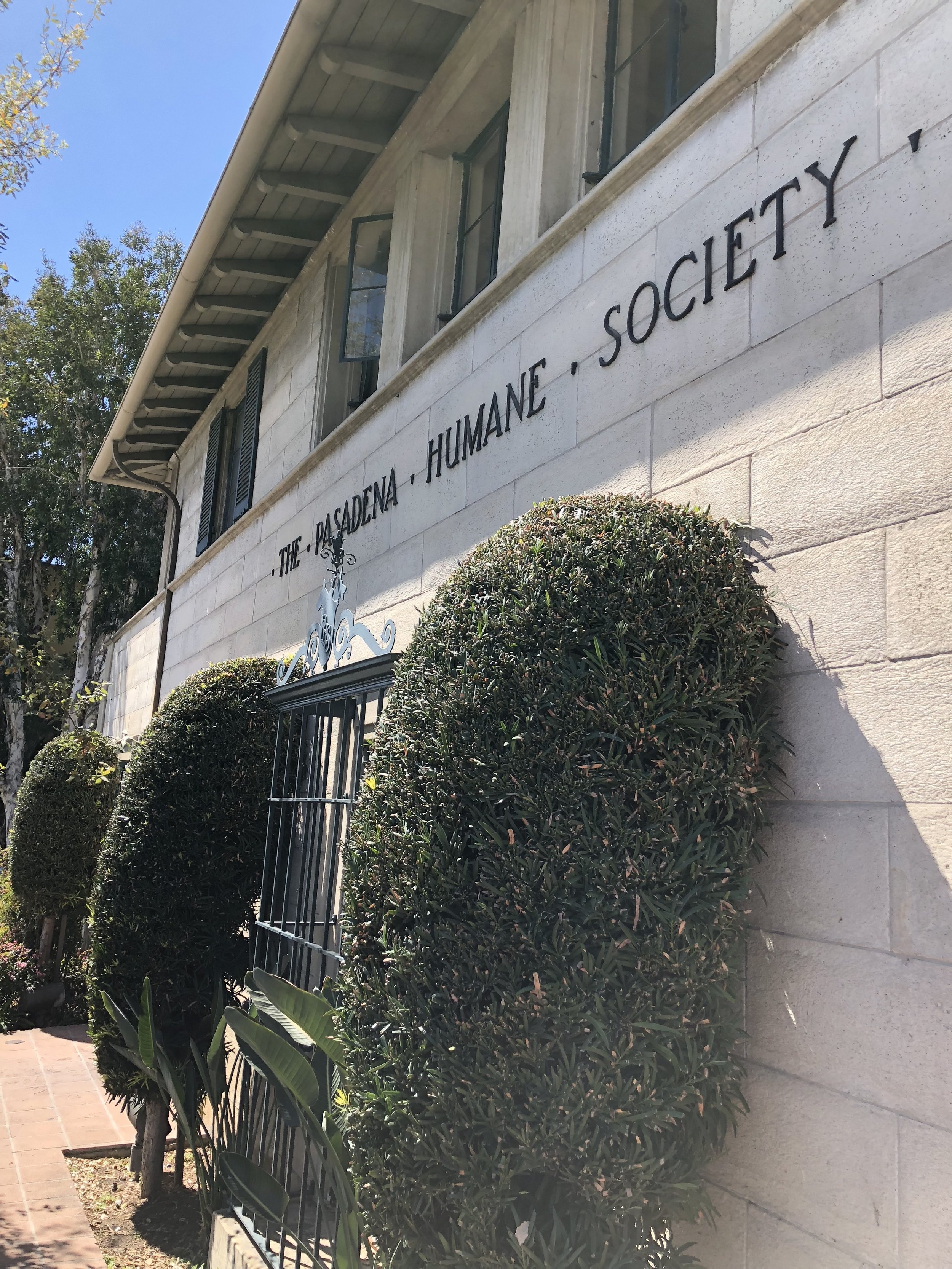The past twelve days have been busy with planting and adopting. First an update on the duck rescue I wrote about last Monday. Both ducks are being treated for bumblefoot, which appears to be going well. Yesterday I removed a few of the peeling scabs from the bumbles and found soft, healthy, pink, new skin underneath, as opposed to the pockets of infection I expected to find. Taking the scabs off the biggest bumbles (but not breaking the skin), then twice daily foot soaks and ointment will hopefully promote speedier healing.
The hen still prefers to not walk, but that might be partly because she's lazing about her temporary home in our living room. Unfortunately, she's so addicted to junk food from living at a pond where people feed her bread, it's been difficult to transition her to a proper waterfowl diet. Spread the word: never dump domesticated animals in the wild and never feed wildlife bread or crackers. It starves them of nutrients and exacerbates problems like our poor girl's: heart disease, arthritis, infections, difficulty breathing, and fast-food addiction.
I picked up our other two adoptees from Pasadena Humane Society this afternoon. They are feral female felines turned Employ-A-Cats. The Employ-A-Cat program places feral cats with homes like ours who want chemical-free rodent control. Over the past year Southern California has seen a population explosion of rats and pocket gophers, so the program was an exciting discovery. Live-trapping gophers has been tedious, I refuse to use poison, and kill-trapping anything makes me feel terrible. But if we can spring a couple cats out of the shelter and those cats happen to eat a rat or 50, well, Hakuna Matata!
The adjustment period for the cats is 3-4 weeks, during which time they must remain in their crates in our garage. The crates are large enough for litter pan, food & water, and a hiding box. Releasing from the crates any sooner increases the risk that the cats will run away which in turn increases mortality rate. After the adjustment period they know their home and are then free to hunt outside. We will always provide a safe space from predators and supplemental food and water. That is, unless, wild bird predation becomes a problem. If they're eating our birds, they might have to be placed with a different home.
Without further ado, here are Cat 1 and Cat 2...
Look at that little tongue!
She may not act sweet, but she looks it!
Both feral cats were found in San Marino and were trapped so that the Humane Society could spay and release. Feral cats are otherwise unadoptable because they can be quite combative, but its important to get them neutered to control the feral population.




